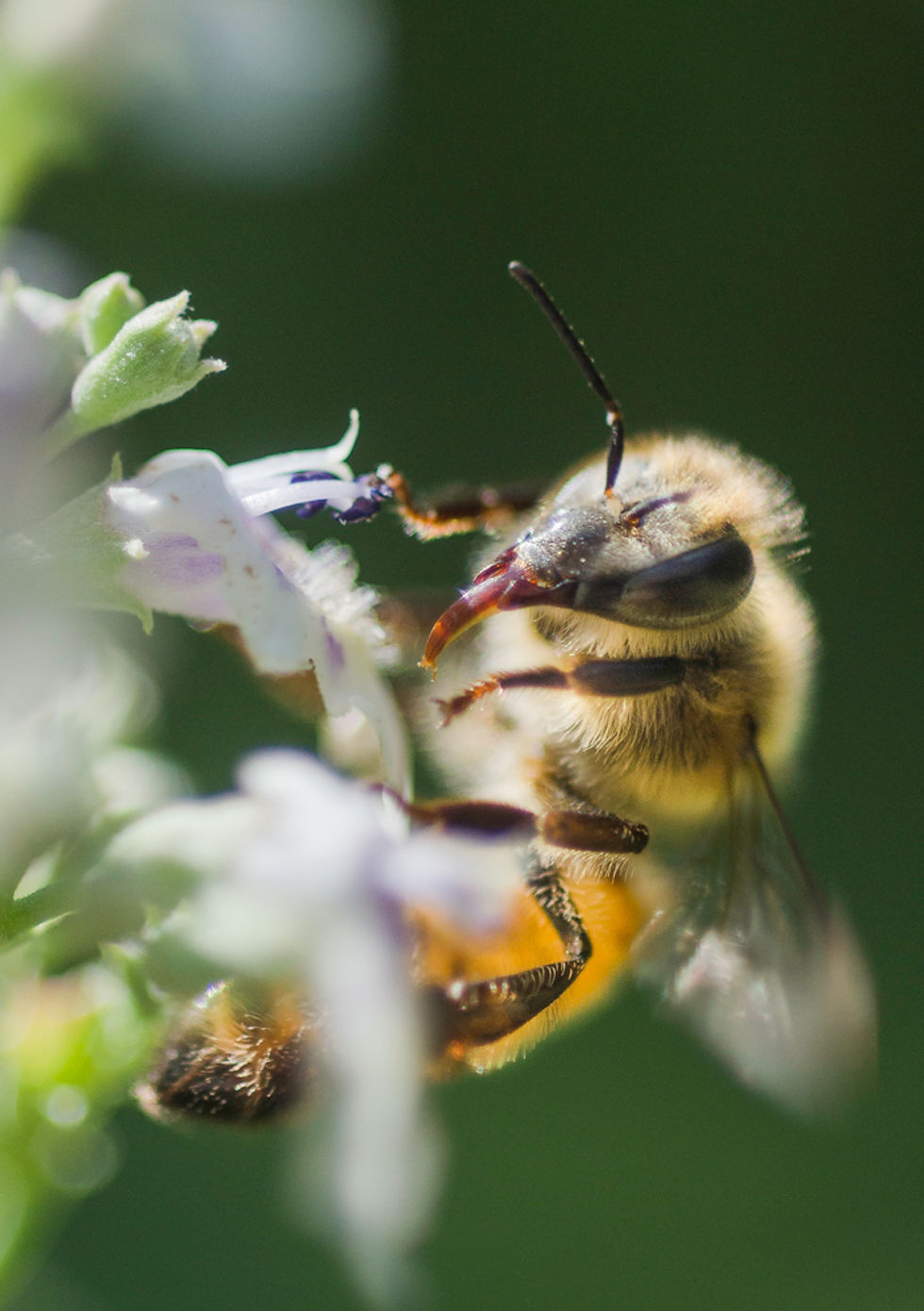SPRING BLOOMS AND BUILDUPS
- Todd Cichonowicz

- Feb 26, 2020
- 2 min read
Over a week ago, Crocuses started blooming in our front yard. The Crocuses' blooming time has always been a sharp reminder that by the first available warm day preceding their bloom, I need to conduct an inspection of all my hives. What I am looking for is how much stores they still have on-hand and evaluating the strength of each hive. It's also the time to provide the bees with a pollen substitute either in powder form or as pollen patties.
One of the genetic traits I look for when breeding queen bees is winter survivability. What I mean by this is, how many of the bees in a hive survived the winter and how quickly can the colony build back up their population in February. Why this trait in particular? Well, in this area of Maryland, we only get one decent nectar flow a year and that is with the Black Locust tree.
Over the last 30+ years, that nectar flows in the Maryland region have occurred earlier. The old-timer beekeepers used to say that the Black Locust bloomed during the first two weeks of May. Just in the last ten years, (how long I have been beekeeping) I have seen the bloom start as early as mid-April. All too often, I have seen too many of my hives not reach peak population for the start of the nectar flow. It's been another record warm winter here and I take that to mean that the Black Locust nectar bloom will arrive even earlier this year.
This has made me decide to change my breeding criteria. Now my most sought after bee trait is "thriveability" in mid and late winter. I need bees that can build up their population quickly, based on seasonal fluctuation of temperatures. Upon the inspection of 18 nucleus hives yesterday, I can definitely say that about one third were thriving, and and one third were just limping along. When I mean thriving, I mean I may need to add another box within a week.

I record all my inspections using a commercial hive management program called Beetight, and have found it to be helpful in determining the overall health and characteristics of each queen and colony.
So, if the bloom arrives by mid-April, which I'm pretty certain it will, I will be placing my honey supers on by the weekend of March 14. Although this seems early, it's actually not. If you want a hive to fill up a super, it's best to give that colony at least a month's notice of your expectations. The bees will naturally increase their population based upon the size of their hive. Coming out of winter, if it's a smaller hive, they need time to build up their population if a beekeeper plans on doubling their hive for a nectar flow. For those new to beekeeping, it takes 21 days for a honeybee to go from egg to hatched bee. Then it usually takes another two weeks before the bee is old enough to possibly forage.
So, now is the time to conduct your last minute check your equipment. Spring waits for no one.







Comments